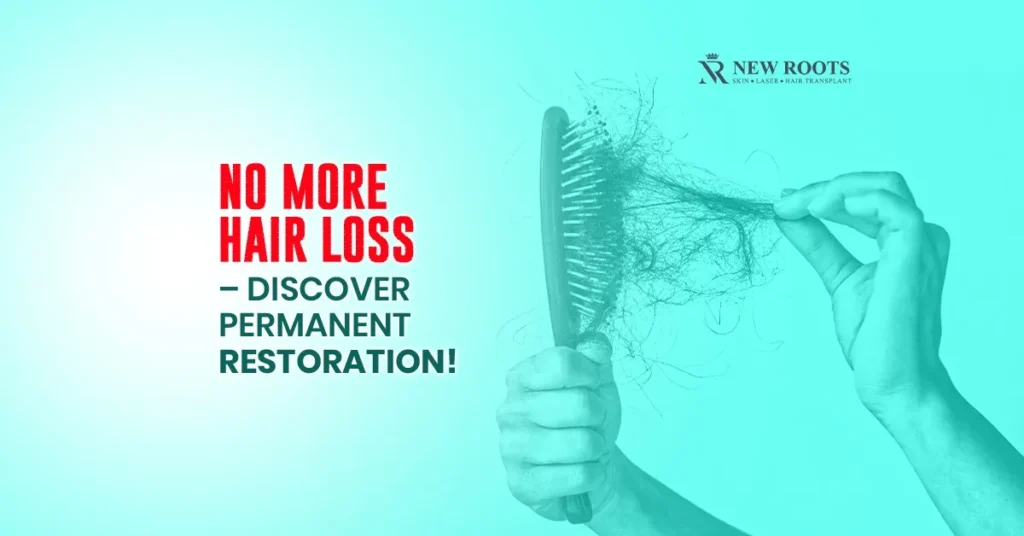Do you need a permanent solution for hair loss? Look no further! The comprehensive Permanent Hair Restoration guide you’ll find on this website is stuffed with all of the information you could require.
The information here will provide you with the tools you need to understand the new methods and successful treatments that can help you make the right choice for your hair restoration treatment plan.
Learn about procedures that you could undergo, like grafting, scalp reduction, and flap surgery, and know how you can get the hair you’ve always wanted on your head.
Be among millions of people who have gotten back their confidence with hair weaving services today.
Introduction
Are you annoyed at applying shampoos, oils, and sprays to enhance the growth of your hair, and nothing seems to work? You are not at all alone.
The loss of hair and the subsequent use of temporary remedies for a condition that costs money is an issue encountered by a large number of people.
And that is where one undergoes permanent hair restoration. Unlike the short-term solutions, hair transplant treatment provides long-term solutions, using natural results, which will not only boost your self-confidence but also restore your looks.
It is not just a matter of hair growth, it is also a matter of regaining your self-esteem, its presence.
In this blog, we will explore why it is better to get hair transplants as compared to quick fixes and how it can help change your life.
Table of Contents
What is Permanent Hair Restoration?
Surgical hair restoration means all actions aimed at overcoming hair loss and intended to provide the client with long-lasting and practical treatment that can replace lost hair with donor hair from the head area.
This method is efficient when the hair loss pattern is well defined, as is the case with conditions such as androgenic alopecia.
Hormone balancing and, through the latest methods, hair replanting can grant people improved hair density that does not contrast with their remaining hair.
Why Temporary Hair Loss Fixes Don’t Work
Being bald, though, is disappointing, and there is the temptation to reach out for hair sprays, fiber, or magic shampoos.
The fact is that they may appear to help out on a given day, whereas they do not solve the problem. All these are temporary solutions, as they only mask the problem.
That is why permanent hair restoration is gaining many devotees, as it is the cure that works at the roots—yes, literally! Unlike disguises, hair restoration ensures that there is regrowth of natural hair that does not come off.
This blog will be a breakdown of why short-term solutions to hair loss can never work and how selecting a long-term solution can restore your confidence and your natural image.
The Science Behind Hair Transplants
The science of hair transplants may sound tricky, but in fact, it is quite cool and simple. During permanent hair restoration, your physicians transfer healthy hair follicles (most commonly from the back of your head) to bald or thinning areas.
These healthy hair follicles are genetically unsusceptible to hair loss, and hence, when these are implemented, they continue to grow naturally throughout the remaining life.
Not these unnatural-looking toupees or magic potions, but your hair transplanted!
The transplanted hair grows as permanent hair since the body fails to consider the hair as foreign but as its own.
The results are natural because they last a long time. With the currently available advanced methodologies, the process is safe, accurate, and effective, and permanent hair restoration is now one of the best scenarios for hair loss.
Conditions Treated by Hair Transplants
Hair transplants can be viewed as effective management strategies for use in different causes of hair loss, since people are given a chance for a permanent cure.
It corrects specific pathological causes that may be genetic or acquired and that can lead to thinning or baldness.
The primary conditions treated by hair transplants include:
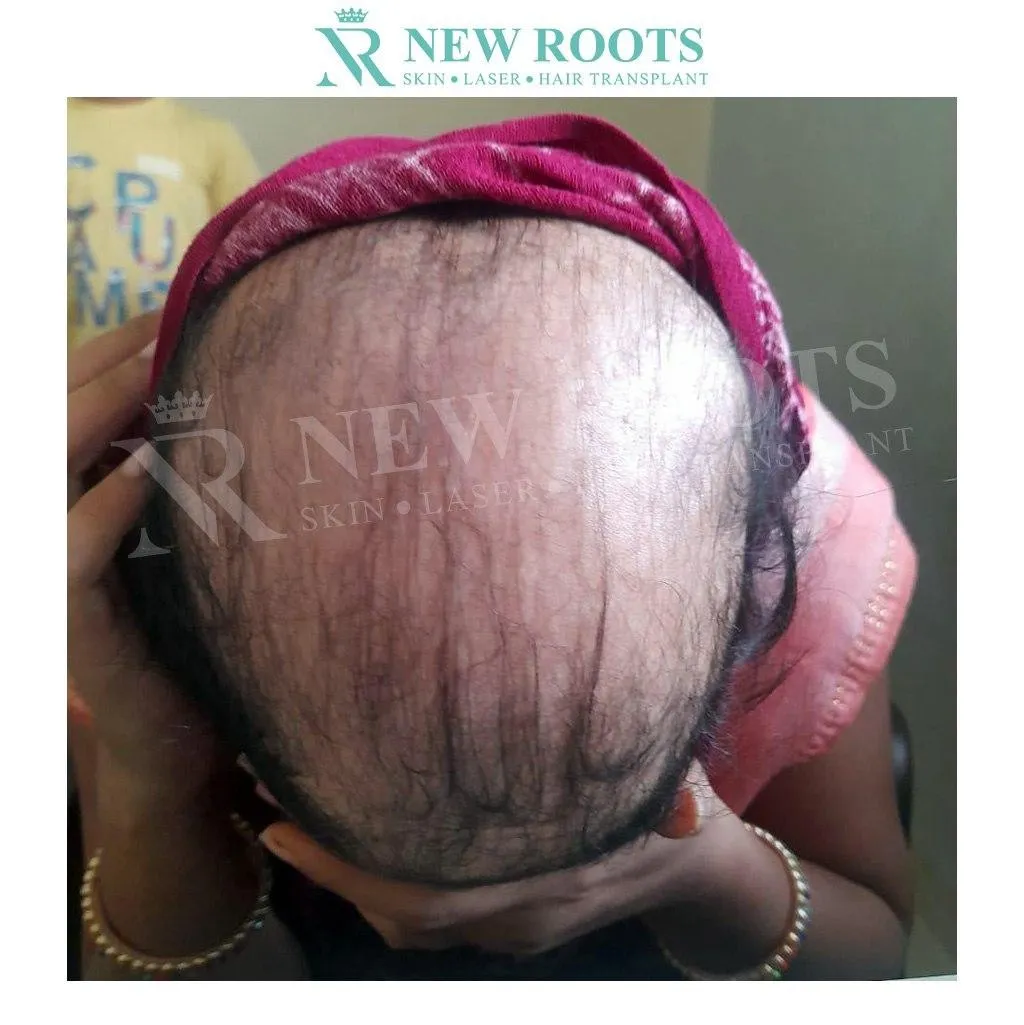
Alopecia Areata
A chronic disease with unsteady hair loss in patches, which is a major symptom of the illness. Surgical hair restoration could be a long-term treatment where follicles containing healthy hair are relocated to the affected regions.
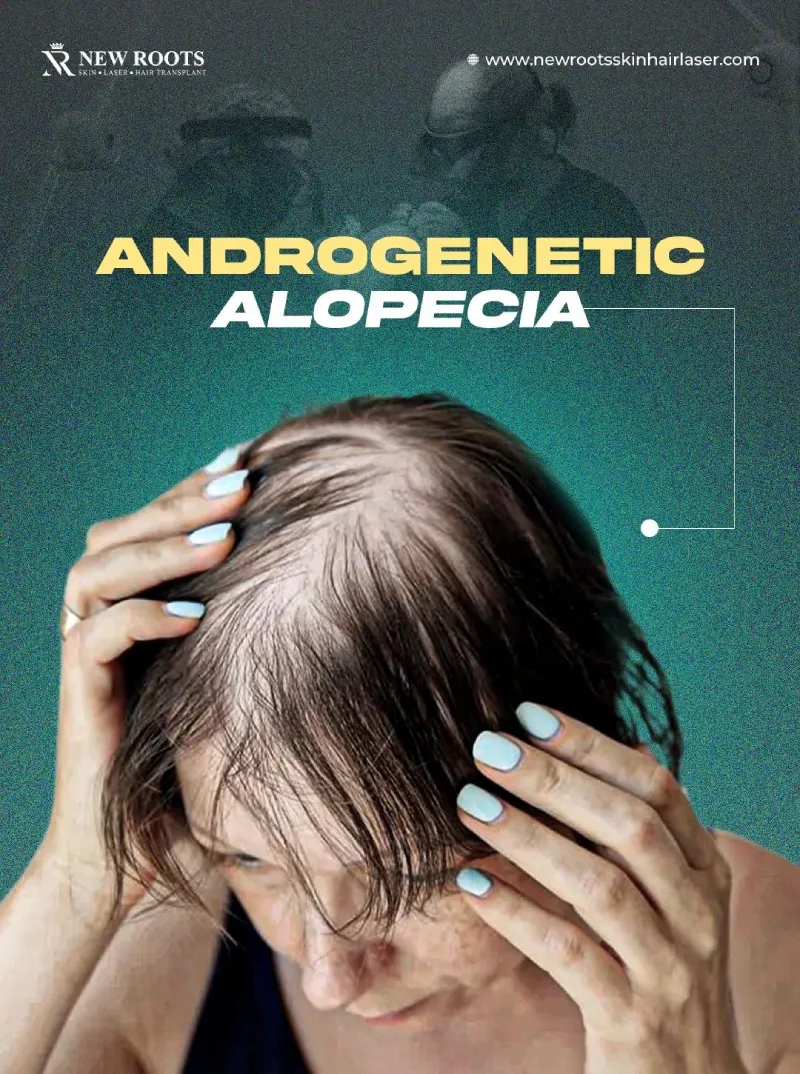
Androgenic Alopecia:
The one that affects most people, using both male and female pattern baldness. Hair transplantation provides a permanent treatment that provides people with enhanced and voluminous growth.
Thyroid Diseases
Some diseases, like hypothyroidism, lead to hair thinning. Hormonal disorders can also be treated through hair transplanting mechanisms so that patients can benefit from permanent treatment.
Trending Hair Transplant Technologies in 2025
It is stressful when you have to lose hair and you have tried everything, like oils and shampoos, and you have not seen any actual outcomes. However, somewhere in 2025, it is a different game.
New technologies of hair transplantation are more intelligent, quicker, and efficient than ever before.
And in case you are searching for a genuine answer to your hair thinning or bald areas and balding, these new developments in permanent hair replacement are worth learning.
We will simplify it in an easy and human approach so you can know what is trending and what may be beneficial to you.
The future of hair transplants is made up of 4 trendy new technologies:
1. AI-Powered Precision (Robotic Hair Transplants)
Smart robots are currently assisting doctors in making hair transplants that are precise to the point.
Zero-guesswork AI-guided instruments can now be used to choose the healthiest hair follicles and implant them.
It not only accelerates the process but also increases the success rate when it comes to the restoration of permanent hair.
2. Direct Hair Implantation (DHI) Enhancement
DHI has been in the house, but by the year 2025, it will be understood. The latest device enables the implanting of the hair follicles without incisions and sutures.
The result? Decreased pain, faster recovery, and more natural appearance. The method has gone on to become one of the best in the world.
3. Stem Cell Enhanced Transplants
Just envision your stem cells reinforcing your transplanted hair! The traditional transplants have been incorporated with stem cell treatment in the clinics to boost growth and thickness. It is the equivalent of providing your hair with a natural growth booster treatment.
4. Virtual Hairline Mapping
Today, with the help of a 3D program, before the surgery, you already see how your new hairline will appear.
It assists a physician in creating a personalized hairline that will look good on your face and lets you preview the appearance.
These technological trends confirm that in 2025, permanent hair restoration can be smarter than ever and natural.
Recovery Process and Follow-Up Visits
Thus, to improve the overall result, a sane recovery process is significant after the operation of a hair transplant.
Patients will be counseled on how to protect their scalp and avoid certain activities, including rigorous exercise, as well as compliance with pain and inflammation medications.
Subsequent appointments help check on the improvements as well as to rule out infection or other related complications.
Signs Of Infection Can Include:
More tenderness or inflammation in the operative region
Clinical Presentation: A type of pain that is not normal and does not disappear when the patient takes a painkiller.
Fluid loss at the operation site
| Recovery Timeline | Activity Suggested | Follow-Up Needed |
| 0-1 Week | Rest and avoid strenuous activity. | First follow-up for initial evaluation. |
| 1-3 Months | Minimize sun exposure and follow care instructions. | Regular follow-up to monitor healing. |
| 6-12 Months | Expect full growth results. | Final follow-up to assess final results. |
Risks and Benefits of Hair Transplants
Like any medical procedure, hair transplants carry certain risks, including:
Infection
Any sort of pressure that is related to surgical procedures.
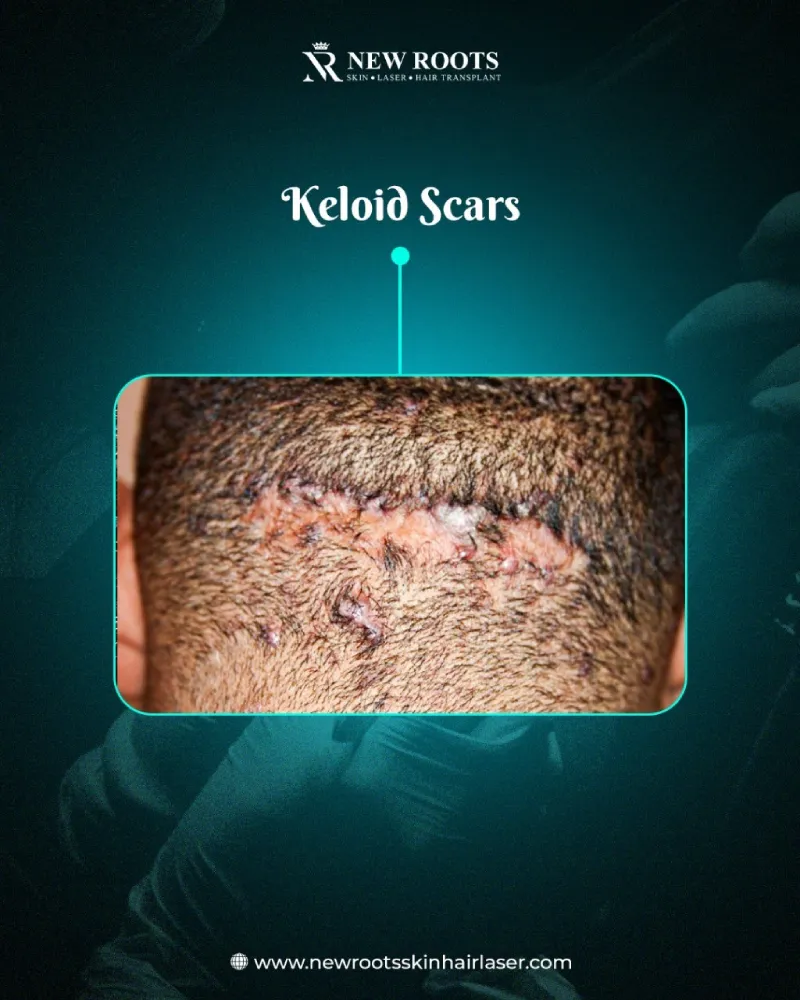
Scarring
The location of arm fat may be slightly defined depending on the technique utilized, and there may appear scars.
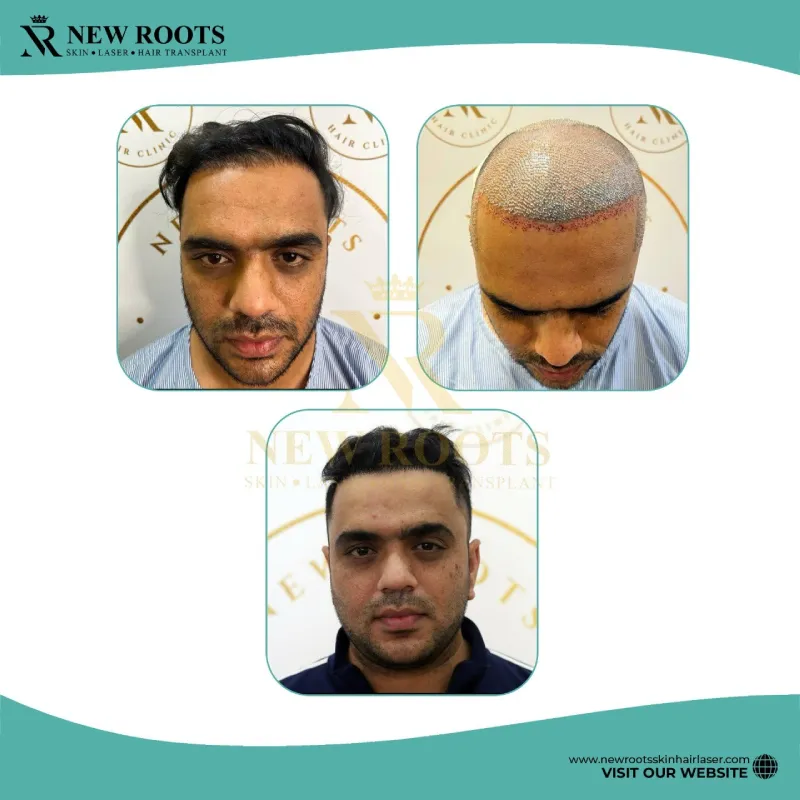
Failed grafts
At times, the harvested hair follicles might not implant themselves into the recipient area.
Despite the risks, the benefits of hair transplants far outweigh them for many individuals:
- Natural Appearance: Real hair feels and grows like natural hair. Once implanted, it feels like natural hair.
- Long-lasting Results: Once the hair growth is achieved, it is permanent.
- Improved Confidence: Coping with hair loss exacerbates self-image significantly, and therefore, appropriate management of this condition is immensely important.
Celebrity Hair Restoration: Influence and Impact
Celebrities are also a huge influence on beauty standards in the current social media society, and this applies to hair as well.
Most celebrities, sportsmen, and even influencers have not been shy to adopt permanent hair restoration, proving that it is not bad to take control of your looks.
Their after and before experiences are not only active, but they also encourage average individuals to be impressed in terms of hair transplants, bearing in mind that they are a viable option.
It breaks the stigma when stars are not afraid to show their findings. They are helping more people know that permanent hair restoration is not a preserve of celebrities; everyone is free to have a lasting solution.
New Roots - Skin, Laser & Hair Transplant Clinic
The New Roots – Skin, Laser & Hair Transplant Clinic has become one of the most required destinations for those looking for permanent hair restoration solutions.
The services provided in this clinic guarantee patient satisfaction through the various services provided for comfort.
This is because clients get professional dermatological and technology services from licensed practitioners practicing state-of-the-art hair restoration surgery.
Such success stories as the one applied to the Rahul Kulkarni case show that the clinic is in a position to give personal hair treatments for different situations of hair loss.
Founder of New Roots, Dr. Nilesh Pund, stressed the fact that each patient is unique and requires a great approach.
Conclusion
To sum everything up, hair transplants will change the game for permanent hair restoration in any individual who has lost his or her hair.
Though the temporary solutions, such as powders, sprays, and serums, can provide temporary cosmetic relief, they usually do not provide any significant and permanent results.
Hair transplants, however, take your hair follicles and produce a natural, permanent result.
The practice could be tedious and cautious at times, but the edge is improved hair, enhanced self-esteem, and the absence of concealment every day.
Unless a temporary solution to your hair loss problems is what you want, then hair restoration is the prudent way out.
Q&A ASK:
Hair restoration surgery refers to any kind of medical operation that involves hair follicle replacement from one part of the head to the other, typically from the well-covered parts to the balding portion. It can provide the patients with permanent results as compared to the wearing of temporary appliances, thus making them look good and boosting their confidence.
Elective patients for hair restoration surgeries for permanent hair loss are those with extensive hair loss resulting from genetics, diseases, or injury. Getting a consultation with a hair restoration specialist ensures that the patient meets the qualifications, depending on other factors about him or her.
Some of the most frequent methods of hair transplantation include grafting, an operation that involves scalp reduction, flap surgery, and tissue expansion. The abovementioned techniques are useful in transplanting healthy hair follicles from the donor area to the bald area, with a natural look and permanently, to all those with the problem of baldness.
Recovery time differs based on the implemented technique, though it typically does take several weeks. Most patients would see an improvement in their hair density in several months, but the outcome normally would take up to a year after the miracle’ permanent hair restoration procedure they never thought they would get.
Still, some possible dangers come with permanent hair restoration; they are bacterial or fungal infection, scarring, and failed grafts. These side effects can be avoided if a suitable meeting with a competent doctor is held to avoid any complications regarding the patient’s outcome.
Yes indeed, only techniques of permanent hair restoration are employed to leave an aesthetic look on your head. Hair growth is studied, and patterned characteristics are taken into consideration and adjusted so that the hair to be transplanted from the head of the patient mimics that of the existing hair as far as is practicable.
In a majority of situations, hair restoration is a once-and-for-all process since most patients exhibit consistent hair loss. Nevertheless, some of the patients might need other related treatments as baldness advancement continues, and such treatments are usually repetitive for the best outcomes.
